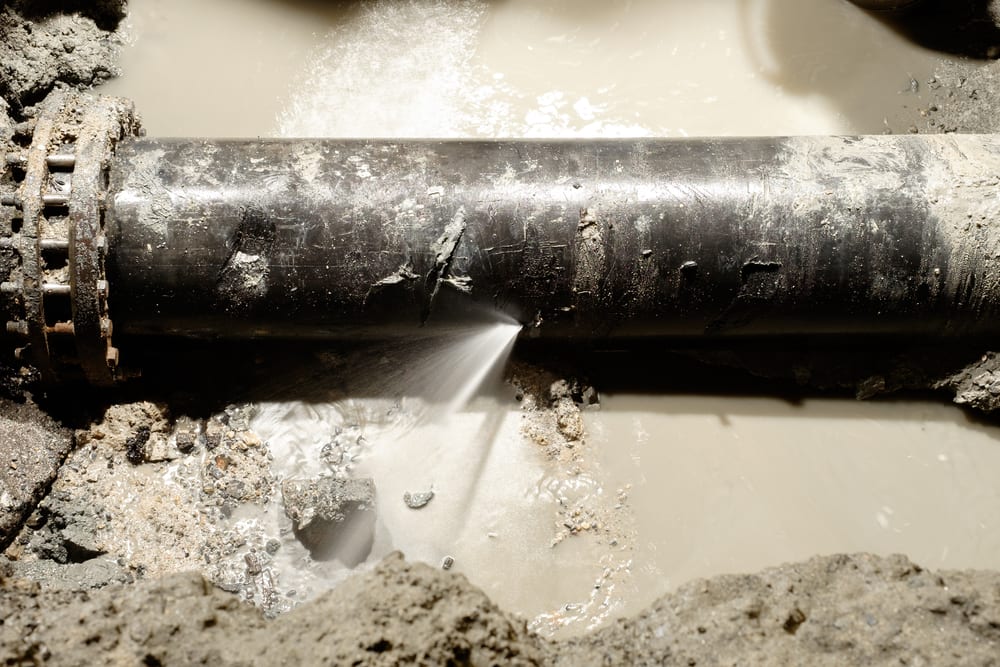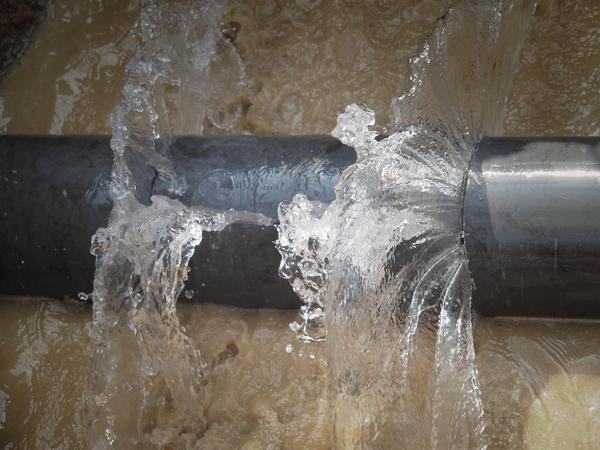Listed here in the next paragraph you might get a lot of helpful insight relating to What to Know Before Installing a Dishwasher.

A burst pipeline is a significant emergency; you can just stand as you watch water you pay very much to reunite with the planet. In worse situations, you notice a pool on your cooking area floor, which is a great journey risk, especially if you have youngsters around. If the pipe that ruptured was in your wall surfaces, problem: you might require to repaint that whole section.
How can a catastrophe like a burst pipeline be avoided and also handled? Well, by paying attention to your specialist emergency plumbing technicians and complying with these rules.
Just how do I know when my pipelines have burst?
Changing water pressures
Pipelines do not just burst in a day. You might have discovered that your cooking area tap or shower does not run immediately when you transform the tap. It may stop for a couple of secs and then blast you with even more pressure than typical.
In various other instances, the water may appear normal initially, after that decrease in stress after a few seconds.
Damp wall surfaces and also water stains
Before a pipeline ruptureds, it will leak, the majority of times. If this relentless leaking goes unnoticed, the leakage may graduate right into a vast gouge in your pipeline. One very easy means to avoid this emergency is to watch out for damp wall surfaces ad water discolorations. These water spots will certainly lead you right to the leakage.
Puddles under pipes as well as sinks
When a pipeline ruptureds, the outflow forms a puddle. It may appear that the puddle is growing in size, and no matter the number of times you mop the pool, in a couple of mins, there's another one waiting to be cleaned. Commonly, you might not have the ability to trace the puddle to any kind of noticeable pipelines. This is a sign to call a professional plumber.
Untraceable leaking noises
Pipeline ruptureds can take place in one of the most undesirable places, like within concrete, inside walls, or under sinks. When the house goes quiet, you might have the ability to hear an annoyingly persistent dripping sound. Even after you have actually examined your shower head and also cooking area faucet, the trickling might proceed.
Dear viewers, the leaking may be coming from a pipeline inside your wall surfaces. There isn't much you can do regarding that, except inform a specialist plumber.
Turn off the Water
When water freezes, it expands in quantity by regarding 9 percent. As well as it expands with tremendous pressure: The pressure inside pipes might go from 40 pounds per square inch to 40,000 psi! No pipeline can hold that much pressure, so it breaks open. The break might happen where the ice forms, yet more frequently, it occurs where water stress locates a weak point in the pipe. That might be inches and even feet from the frozen location. Discover the water shutoff valve and switch off the water to avoid more damages. You could likewise require to turn off the electrical power too, depending upon where the leaks happens and also how large it is.
Infected water
Lots of people assume a ruptured pipe is a one-way electrical outlet. Fairly the contrary. As water flows out of the hole or laceration in your plumbing system, contaminants locate their way in.
Your water might be infected from the resource, so if you can, inspect if your water tank has any kind of problems. Nevertheless, if your alcohol consumption water is provided as well as detoxified by the local government, you should call your plumber immediately if you see or scent anything funny in your water.
What do I do when I identify a burst pipeline?
Your water meter will remain to run even while your water wastes. To lessen your losses, find the primary controls and turn the supply off. The water pipe are an above-ground structure at the edge of your residential or commercial property.
How to Fix & Detect a Leaking Pipe
How Do I Know if a Pipe is Leaking?
Leak detection tests can help you determine if your pipe has a leak. Even if you don’t see an apparent leak, you should still conduct leak detection tests regularly to save water and money—and prevent major damage to your home.
Water meter. It can be helpful to figure out what your usual water meter usage numbers are and then monitor them regularly. To monitor your meter, first, turn off all water faucets in your home. Check the meter and write down the numbers. In a few hours, check the meter again. If the numbers have changed, you have a leak. Water gauge. Use a water gauge to test your water pressure. Your showerhead should produce a certain amount of water pressure based on its model and design. If the pressure is lower than it is supposed to be for that specific showerhead, your home likely has a leak. Puddles. Look inside your bathroom, laundry, and kitchen sink cabinets. Puddles around the cabinets or around toilets, tubs, showers, and washing machines indicate the presence of a leaking pipe. You may also notice loose tiles, peeling or flaking paint, or mold caused by water accumulation. Napkin test. Even if you don’t see any puddles, you may still have a leak. You can test for water leaks in the bathroom, laundry, and kitchen by wiping below-sink connections with a napkin, paper towel, or piece of toilet paper. If it becomes damp, you probably have a leaking pipe under the sink. Discolored walls. Walls that are discolored—usually with brown or yellow stains—or bulging might mean that they have been impacted by water damage caused by a leaking pipe. Smell. A leaky pipe will create sitting water, and over time, that water may develop a musty smell. If your home smells musty, but you can’t locate the source, it may be due to a leak. Steps for Fixing a Leaking Pipe
A leaky drain can be remedied by tightening the pipe base, replacing the drain seal, caulking the rim, and tightening the pipe nut. Similarly, a leaking toilet pipe can be treated by tightening the packing nut. You may also need to replace the valve. A leaky faucet may just need tightening or replacement of the washers. If that doesn’t work, consider replacing your faucet. If your pipe has a hole in it, you may want to use a pipe leak sealer or pipe leak tape. This quick fix for water pipe leaks can also temporarily fix a copper pipe leak. https://www.ahs.com/home-matters/quick-tips/how-to-tell-if-pipes-are-leaking/

Do you really like reading about How to install a dishwasher safely? Place a remark directly below. We would be pleased to see your thinking about this blog posting. Hoping that you visit us again later on. Do you know about somebody who is interested in How to Prepare for Your Dishwasher Installation? Do not hesitate to share it. I take joy in reading our article about What to Know Before Installing a Dishwasher.
Get Your Estimate Now